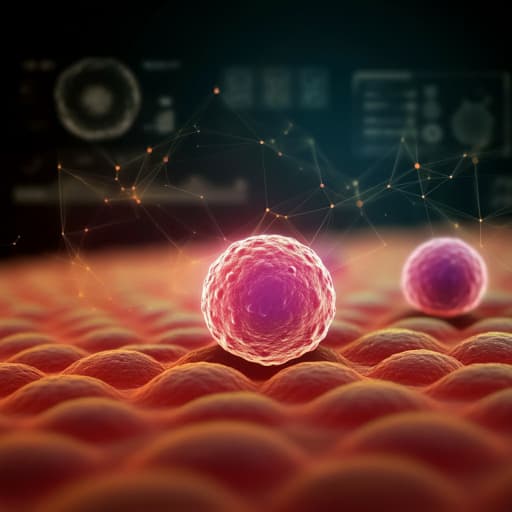
Medicine and Health
Recent Advancements and Perspectives in the Diagnosis of Skin Diseases Using Machine Learning and Deep Learning: A Review
J. Zhang, F. Zhong, et al.
Explore the cutting-edge advancements in machine learning and deep learning for diagnosing skin diseases! This review addresses current challenges and offers innovative solutions for future research conducted by Junpeng Zhang, Fan Zhong, Kaiqiao He, Mengqi Ji, Shuli Li, and Chunying Li.
~3 min • Beginner • English
Related Publications
Explore these studies to deepen your understanding of the subject.







